Outer planet, another home, more worlds to explore
Author:Astronomy online Time:2022.08.10
Scientists have newly discovered hundreds of exterior planets by the Cair Popler astronomical telescope. The result comes from the two institutions of NASA and JPL-Caltech. In November 2021, the number of exogenous planets ushered in a leap. Astronomers announced that 301 new outer planets were found and 366 were to be confirmed. The Capeler Telescope launched and lift off in 2009, ending the task after exhausting fuel at the end of 2018. However, scientists are still excavating the data recorded by the Capeler Telescope and constantly exploring the distant universe.

NASA's scientists published the first part of two peer review papers in the "Astronomical Physics Periodical Journal" on January 17, 2021. The scientists in UCLA published the second part on November 23, 2021 in the same period. Both articles can be browsed on Arxiv first.
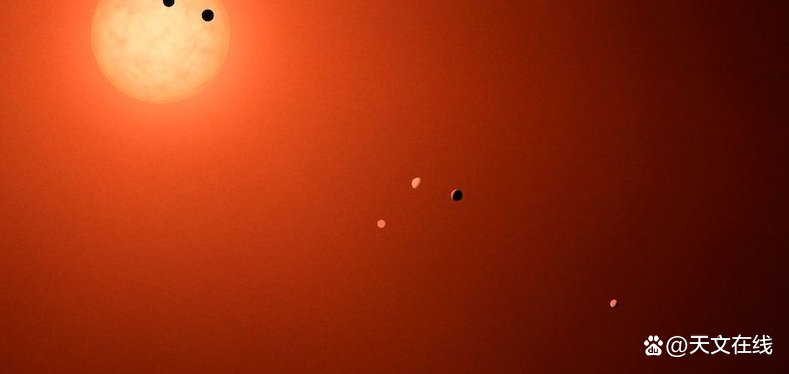
In general, Capeler's mission is extremely successful. By December 6, 2021, astronomers confirmed 4,888 outer planets. It is no exaggeration to say that Capler discovered most of the known external planets with its own power.
The size of the planets in the orbit of the outer planet system is generally larger than that of Jupiter. Some planets running orbit is even closer than the track distance from Mercury to the sun. Such planets do not exist in our solar system.

The NASA Research Group used a program called Exominer to find 301 planets that have been confirmed. At the same time, the astronomers of UCLA University found 366 planets to be confirmed with new algorithms.
Capeler uses Ling Ri Fa to detect out -of -the -planets. When a planet passes through the star, the brightness of the stars will be reduced in our opinion, so that scientists can observe more data by measuring.
Exominer is a deep neural network using NASA super computer. Scientists use the network to determine whether the fluctuation of brightness is really caused by the planet through the star or the measuring error. NASA Emes Research Center is an external planet scientist Jenkins that EXOMINER is not fighting alone. On the contrary, he needs a lot of data processing behind him, and these tasks are extremely time -consuming.
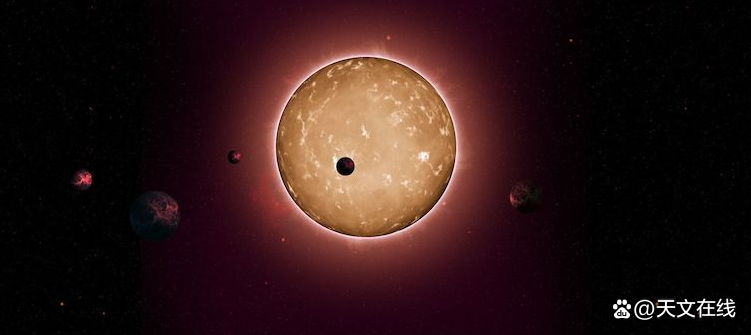
Unlike other external planet detection methods, the EXOMINER detection method is not a black box method. It is not mysterious to determine whether it is an external planet. We can easily judge the results of the detection through data interpretation. EXOMINER discovered the new outer planet by analyzing the data in the Cairpler data file. Earlier, scientists have known these planets from the Cairple Science Operation Center system, but have not been confirmed. These planets are outer planets through the analysis of Exominer.
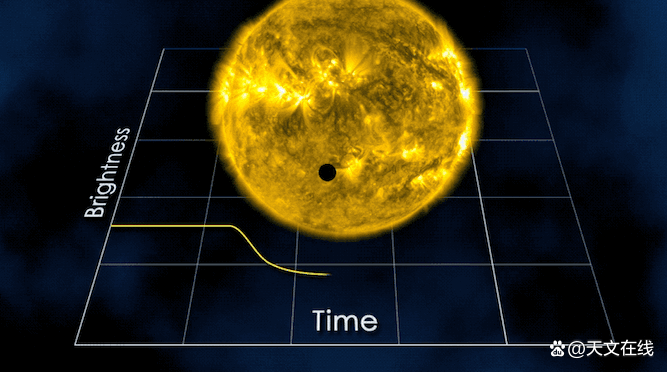
The person in charge of the Exominer project Hamid said that when Exominer determined that an object is a planet, it can be said that it is a planet. Exominer is very accurate, and in some ways Spectrum, although human experts still have bias for this. Jenkins added: These 301 new discoveries are that exogenous planets can help us better understand the planets other than the solar system and their star system, which makes our solar system so unique in the universe.
The next day, astronomers from UCLA claimed that they analyzed 366 outer planets to be determined from Cairple's data. UCLA collaborative author Eric Patgogla said that it is different from the NASA team that they use new algorithms developed internally. The achievements of hundreds of exogenous planets are great, but in addition, we need to know how these findings guide us to understand the overall characteristics of the outer planet group.
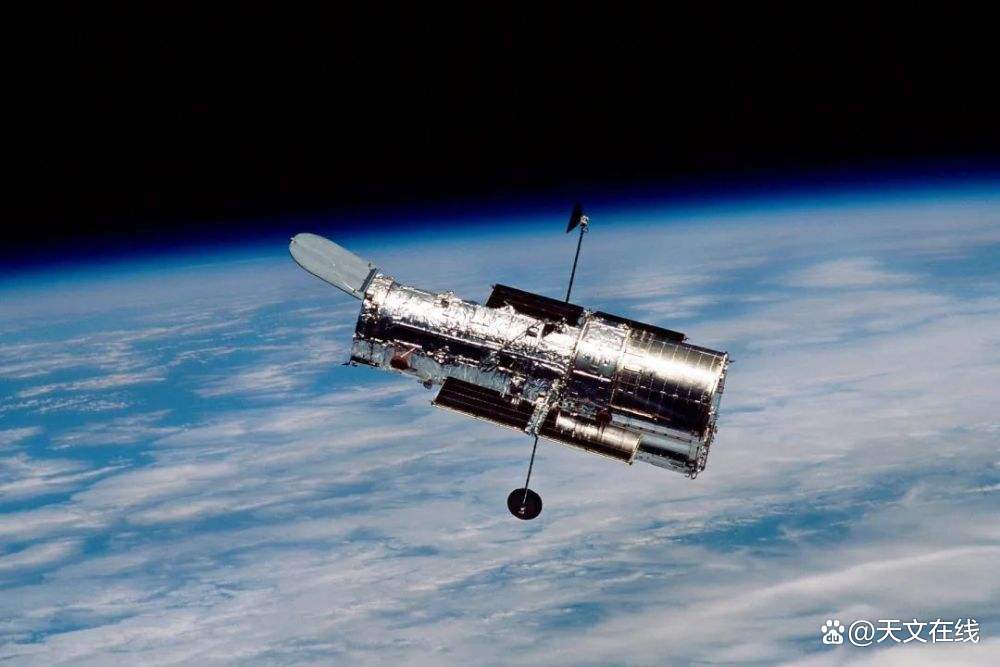
Pattogla and the first author Jenkins are members of the astronomer team called the "climbing K2 project". Patgodida said that the project uses the data of the K2 stage of the KPR mission. The K2 phase is to compensate the initial task of mechanical failure. The initial task has ended in 2013.
The K2 project team and the Jenkins invention planet detection algorithm is a huge breakthrough for understanding the planetary group. There is no doubt that they will improve our understanding and evolution process of planet formation. In the end, the data of all K2 projects were interpreted, including 500TB of data and 800 million pictures. These data uses UCLA's Hoffman No. 2 computer cluster for analysis.
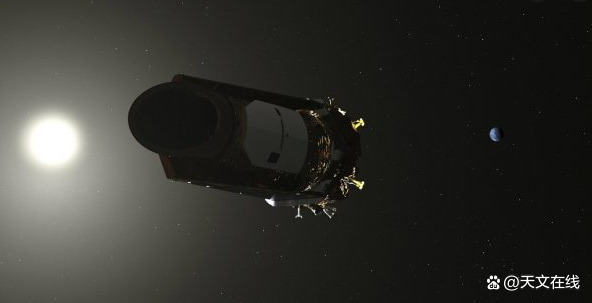
In addition to the new discovery of the external planet, the research team also recognizes the 381 outer planets we know. In the data of the K2 project, the research team discovered 747 independent planets and 57 multi -star systems.
Scientists want to know what kind of stars are more likely to have more planets and how many star systems have the substances necessary for forming planets. As Jenkins said, we need to go to larger stars, not limited to our sun. Studying each external star system provides a unique perspective for the formation of the planet.
Now that we train Exominer to analyze the data in the Cairpler mission, after fine -tuning, we can also let Exominer process the data in other projects, including the current TESS project. Room for improvement.
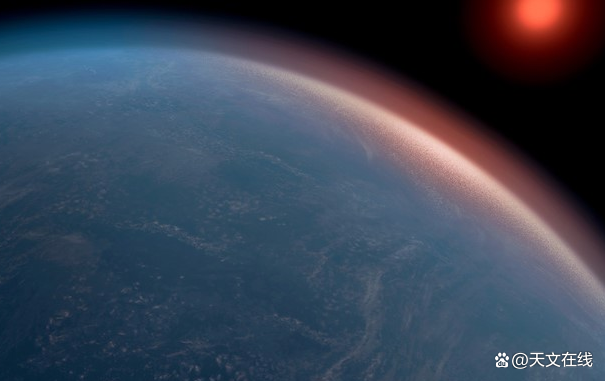
These new discoveries are exciting, and more new worlds are waiting for us to explore.In fact, scientists estimate that our Milky Way alone contains billions of planets. Most planets are around the corresponding star revolution. At the same time, there are millions of or more planets.Planets, lonely wandering in the universe.You know, there are billions of galaxies like a bank department. This is impressive, how many unknown worlds are there in the universe!By: Paul Scott Anderson
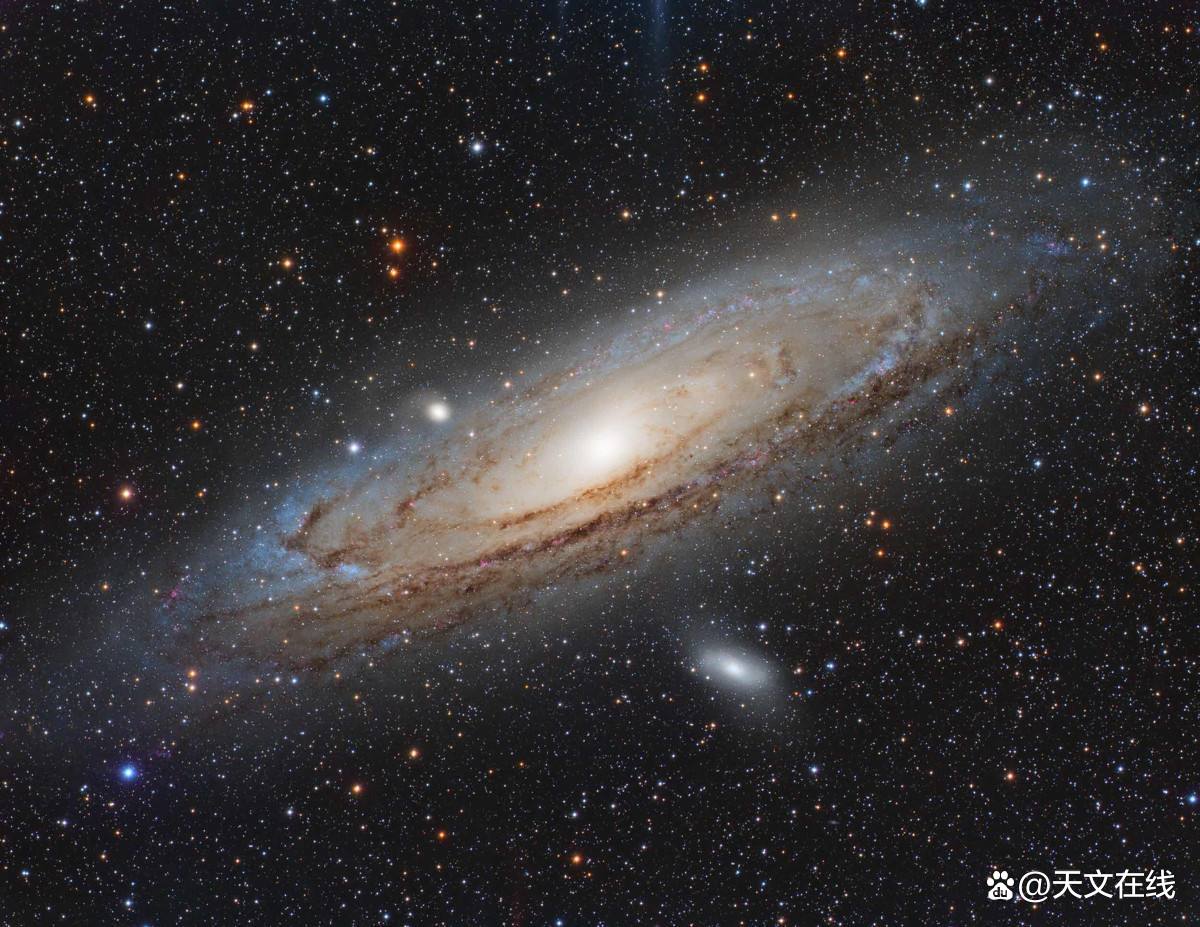
Fy: pudding
If there is related content infringement, please contact the author to delete after the work is released
Reprinted, please obtain authorization, and pay attention to maintaining integrity and indicating the source
- END -
The Kawaguan Scientific Examination Team 丨 Building the station for 35 years. What do this scientist have studied on Gongga Mountain?

Your browser does not support this video format 3 Gongga Mountain is the highest ...
National Conference!Open in Hefei today!

2022 China Geographic Information Industry Conference9 am on August 11thOfficially...